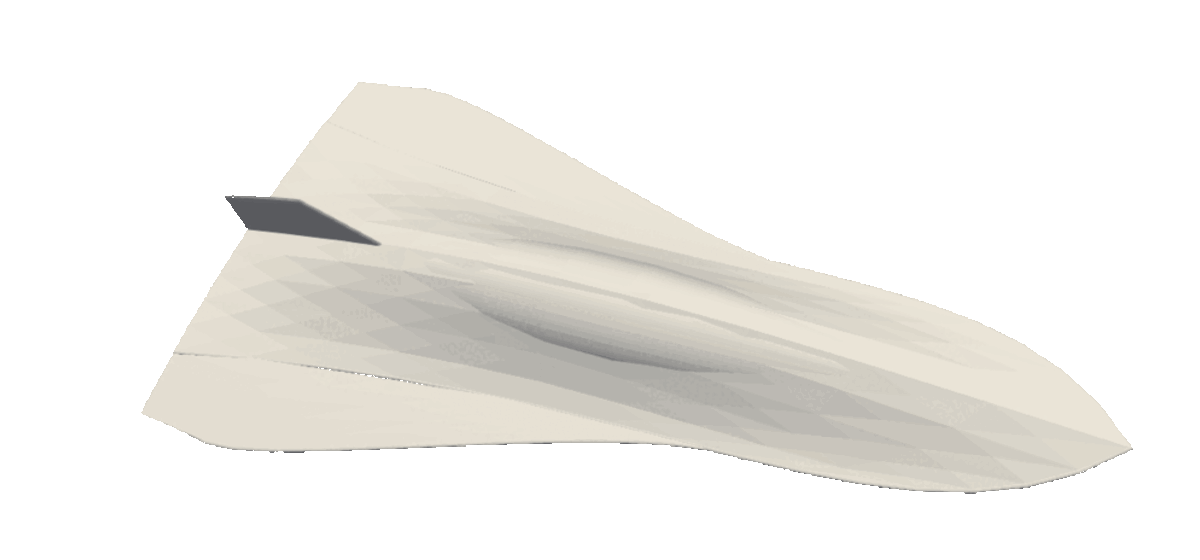About

I am a highly analytical engineer and developer passionate about complex problem-solving, data analysis, and trading algorithm development. I am demonstrably proficient in Python and Rust, and have a solid foundation in mathematics and statistical analysis. Meticulously detail-oriented and results-driven, I am dedicated to delivering high-quality outcomes.
Please contact me if you would like a detailed CV.






